Young Researchers
Q1. Please tell us about your current research.
Q2. Please give a message to students.
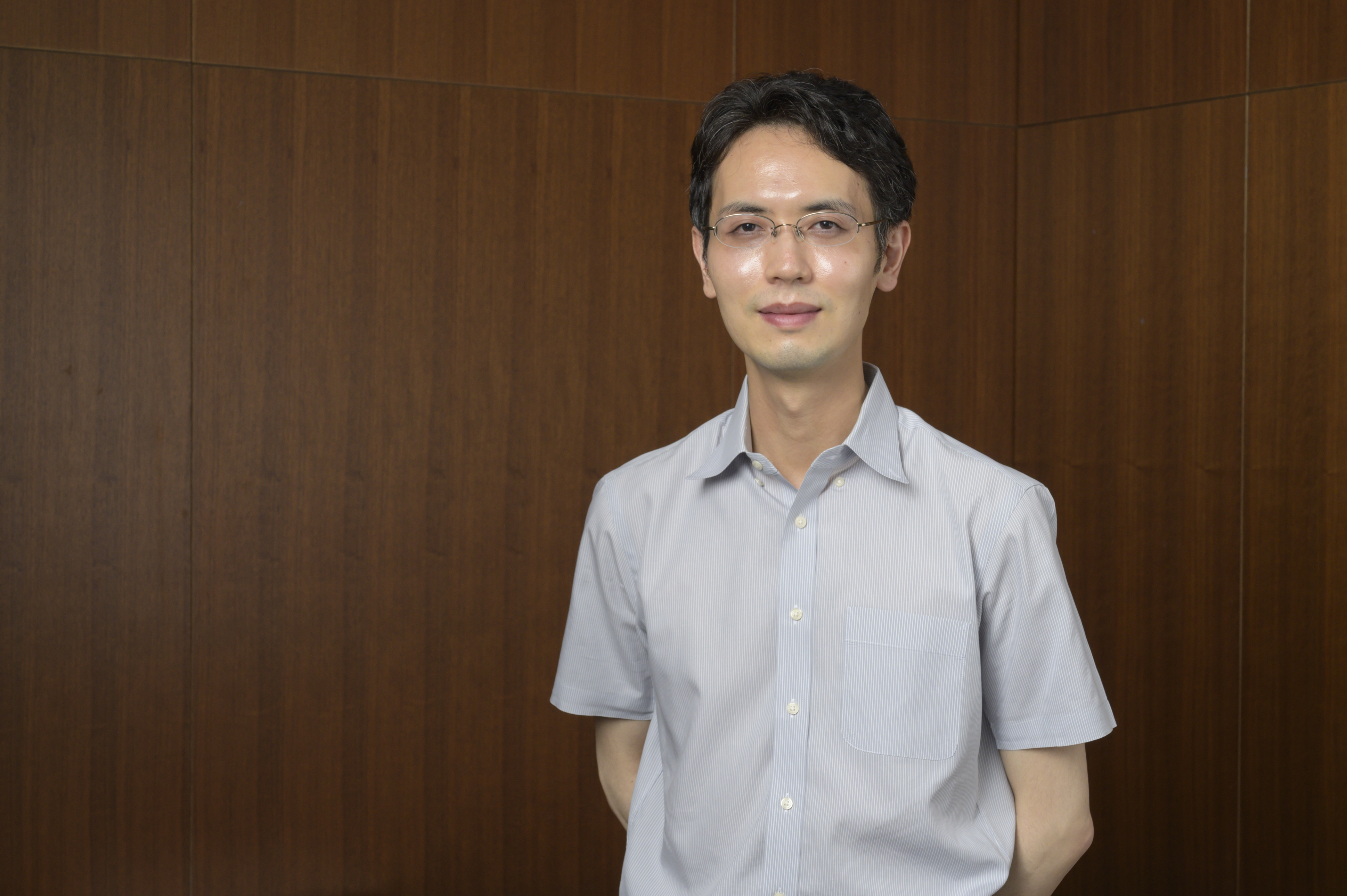 Assistant Professor
Assistant ProfessorISHIZUKA Jun, Ph.D
Advanced Materials Science and Technology
A1. Superconductor has attracted much interest as a novel material available for transmission lines with zero energy loss, nuclear magnetic resonance imaging, and quantum computing. The BCS theory in 1957 revealed a fundamental mechanism of superconductivity and explained various experimental results. However, there remain many problems that cannot be explained by BCS theory. For example, spin-triplet superconductivity and topological superconductivity. I am working on, from the theoretical point of view, the issues “Why do these superconductivities occur?” and “What physical properties does it have?” and proposing new physics. The research method includes quantum mechanics, statistical mechanics, quantum field theory for the many-particle system, mathematical group theory to extract symmetry information in solid, topology for theoretical physics, and first-principles calculation to calculate the electronic state in target substances. As P. W. Anderson said, “More is different.” a famous word, the emergent phenomena by the cooperation of many electrons are pretty different from the motion of individual electrons. I am engaged in research while cherishing the excitement of pioneering unknown quantum phases.
A2. In most cases, talent alone is not enough for research. Thinking deeply and continuing to do research every day will pave the way. Such experience will be useful no matter what kind of job you get when you go out into the world. We hope you enjoy your research.
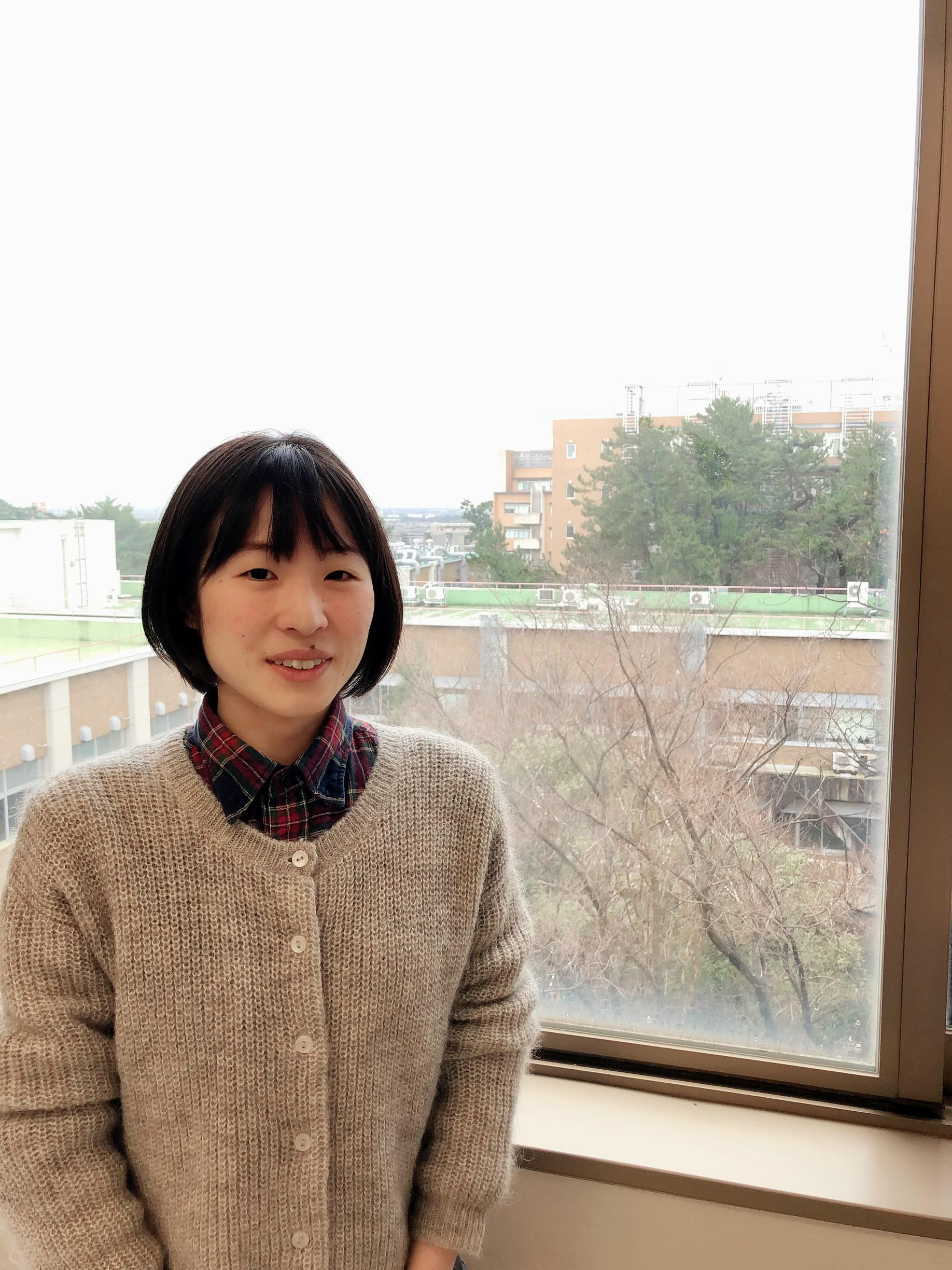 Assistant Professor
Assistant ProfessorShiho OI, Ph.D.
Fundamental Sciences
Mathematical Science
A1. My main interest has been in the preserver problems on Banach algebras. The study of preserver problems deals with characterizing maps on Banach algebras that leave certain structures, sets, and relations invariant. When a map on a Banach algebra preserves a given structure, set and relation, what other ones does the map also preserve? Previous studies have revealed that there are implicit connections between structures, sets, and relations of Banach algebras. Recognizing the central role of the spectrum, I have been working mainly on the research about the structure of isometries (which are distance preserving maps) on Banach algebras. There are deep, surprising, and implicit connections between the algebraic and metric structures of a Banach algebra. The celebrated Banach-Stone theorem (1932) states that every surjective complex linear isometry on commutative unital C*-algebras is a weighted composition operator. Motivated by this theorem I focus on revealing whether the metric structures on Banach algebras determine the algebraic.
A2. At graduate school, you can develop your expertise further. By deeply studying your research subject, I am sure you will broaden your values.
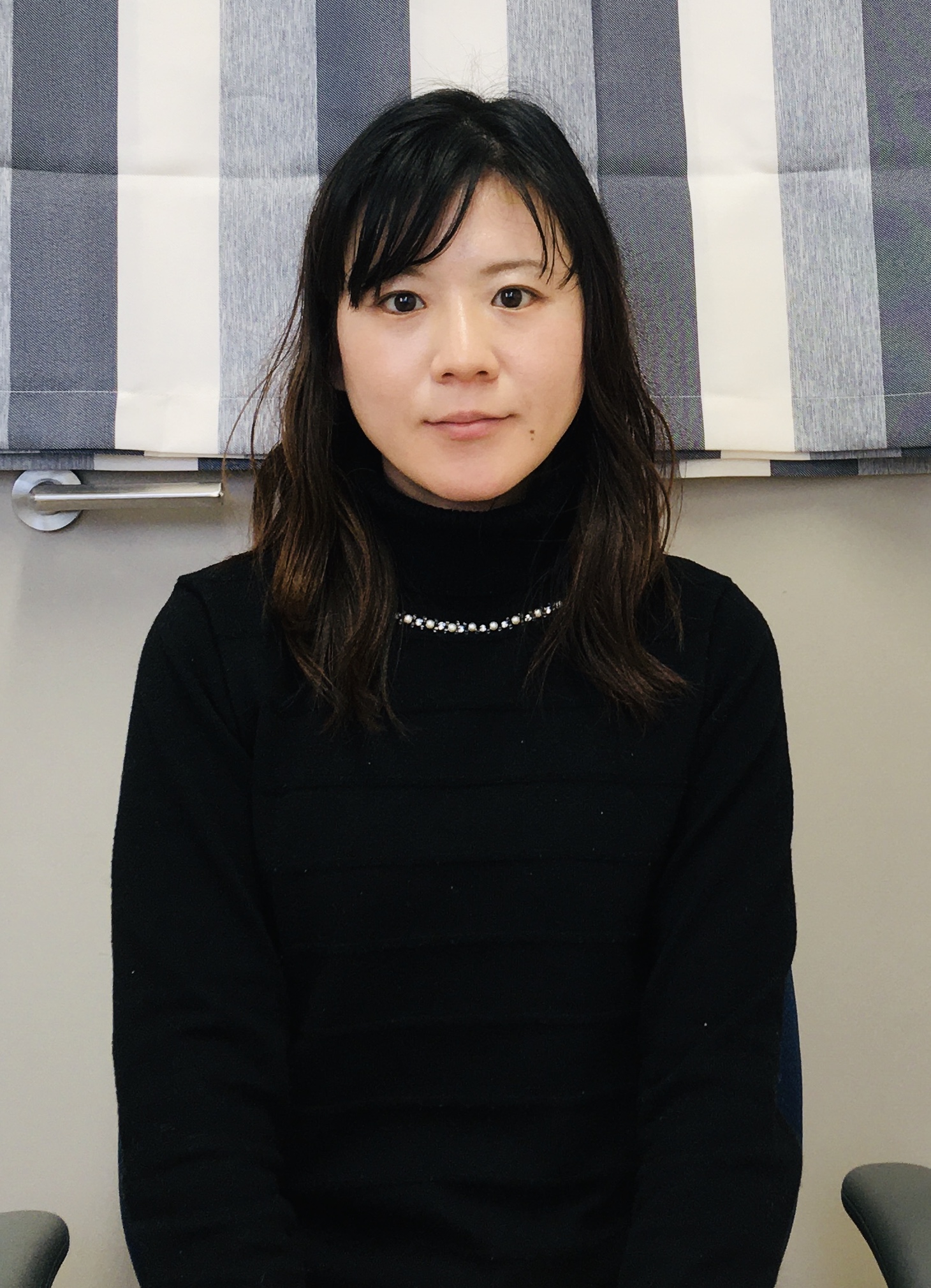 Associate Professor
Associate ProfessorSachiko JONAI, Ph.D.
Electrical and Information Engineering
Electrical and Electronic Engineering
A1. Organic Photovoltaics (OPV) are attracting attention as next-generation photovoltaics that can be used for IoT sensors, vinyl house, and wearable power supplies. Objective of our group is to propose of a simpler manufacturing method and the PV module-structure for lengthen the life of the OPV. For the purposes, improvement of power generation efficiency would be a particularly important issue. The characteristics of power generation efficiency varies depending on the combination of donor material and acceptor material and the difference in annealing temperature. In addition, not only perfomance evaluation but also the cause of perfomance detarioration would be specified by executing accelerated test. To promote practical use of a OPV module by accelerated test in considering usage environment. In the future, we are interested in the OPV module including a polymer with dynamic covalent bond.
A2. Effort and intellectual curiosity lead to original idea. I hope that you live academic life to the fullest by using enough time and your free conception.
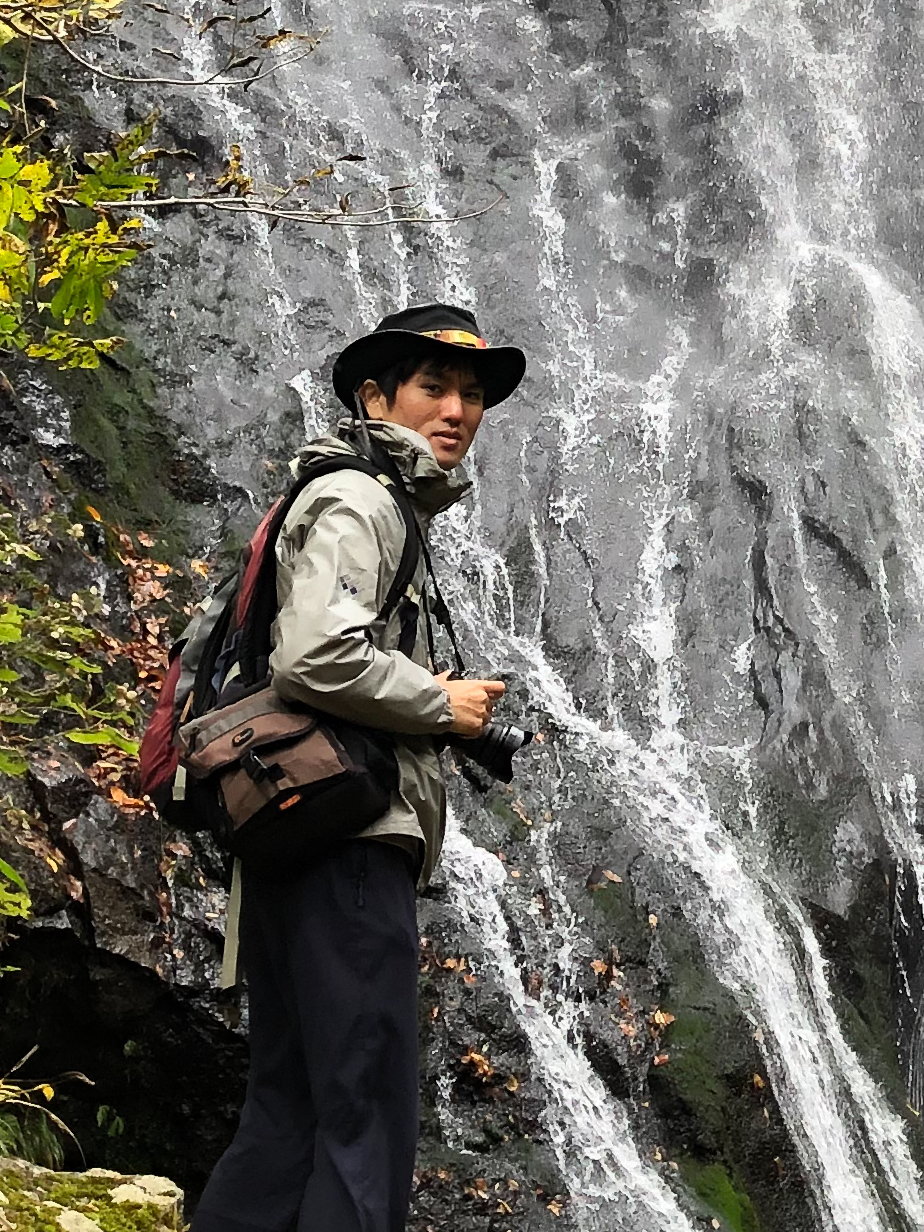 Assistant Professor
Assistant ProfessorRei SHIBATA, Ph.D.
Environmental Science and Technology
Field Research in the Environmental Sciences
A1. Healthy ecosystems and rich biodiversity provide many and varied benefits to humans. Such benefits are called Ecosystem Services. Humans benefit from ecosystem services through a variety of activities, including hiking, camping, enjoying the autumn leaves, and learning about nature. However, people are not correctly recognizing the value of ecosystem services, leading to the destruction and abandonment of ecosystems. As a result, ecosystem services have degraded over the past decades. Therefore, I am trying to evaluate the spatiotemporal distributions of the use of ecosystem services by analyzing big data such as geo-tagged photos and texts posted on social media. I believe that accurate evaluation of ecosystem services will lead to increased incentives for ecosystem management and conservation.
A2. I think it is a very meaningful time to immerse yourself in the research you are interested in. The experience of planning, failing and pondering your research should be a great support for going out into the world and enrich your life.
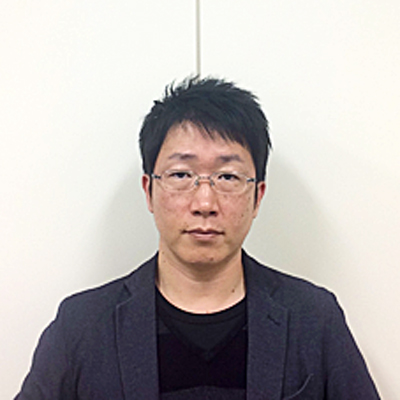 Associate Professor
Associate ProfessorKenji SAITO , Ph.D.
Advanced Materials Science and Technology
Materials Science and Technology
A1. Inorganic solid is an interesting material whose chemical property varies with a little stimulation. Objective of our group is to create an inorganic solid with new functionality, i.e., ceramics. To obtain such material, parameters that include growth mechanism of crystalline solid and quality (crystallinity), shape, and size of the crystal, in addition to proper choice of elements for various applications, must be controlled properly. The targeted inorganic solids are synthesized not only based on inorganic and solid-state chemistry but also by our original technologies that have been developed so far, and they are assessed, for example, as photo- and thermal catalysts. We are interested in manipulating crystal structure of the existing solid for the synthesis of new material with multifunctionality, as well.
A2. I hope that the graduate students continue to pursue creative researches so that they can make the most of their academic life.
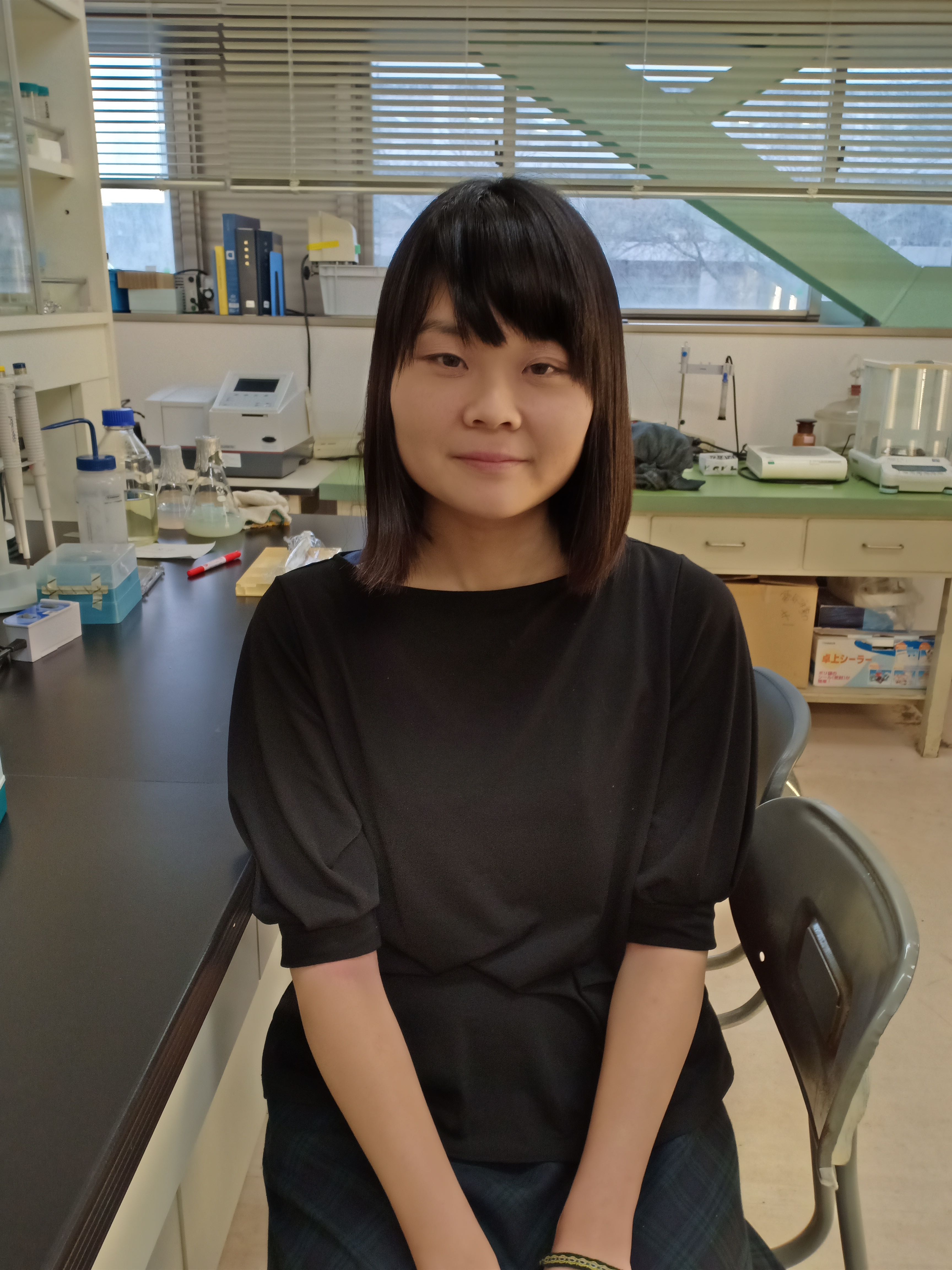 Assistant Professor
Assistant ProfessorNami MINATO, Ph.D.
Life and Food Sciences
Agriculture and Bioresources
A1. Today over 700 million people live in poverty in the world. Surprisingly Asia faces greater hunger burden than Africa. To ensure access to sufficient food by all people, I've been working as plant pathologist for reducing crop losses due to plant disease and insect pest, that are approx. 30% of global agricultural productivity. Infection with some of pathogenic viruses and bacteria are not easily prevented since the life cycle of those pathogens is totally dependent on host plants; hence, it is crucial to develop novel control measures. The focus of research in Plant Pathology lab is molecular analysis of desease development and pathogenic mechanisms using diverse approaches.
A2. Graduate students are expected to deepen and broaden their expertise. The research enriches your knowledge, allows you to gain technical skills, and improve your logical thinking and presentation skills. Please don't hesitate to contact the faculty for further information on finances and career options after graduation.
Satomi ISHIZAKI, Ph.D.
Environmental Science and Technology
Natural Environmental Science
A1. In nature, plants adapt themselves to their surroundings with various environmental stress and interference from other species. By combining field investigations, measurements in laboratory and genetic analysis, I am working on the research to reveal the habitat environment of wild plants and their life histories (for example, growth and reproduction schedule). I am also interested in the mechanisms by which plants maintain their growth and reproduction even under the condition with interference from other organisms, such as herbivorous insects. Plant defense strategies against herbivores are various, and can change by the intrinsic factors of plants or the environmental factors. I investigate to reveal the defense strategies of plants growing in various environments, the relations between their defense strategies and their life histories, and the coexistence mechanisms of plant and animals in the wild. I am always impressed when I go field and see the wild plants which vigorously grow even under the stressful environment.
A2. Throughout your graduate school, you can engage with a research theme in several years, not only one year. You may experience success of the experiment and a new discovery as well as failure. All of them will make you grow.
